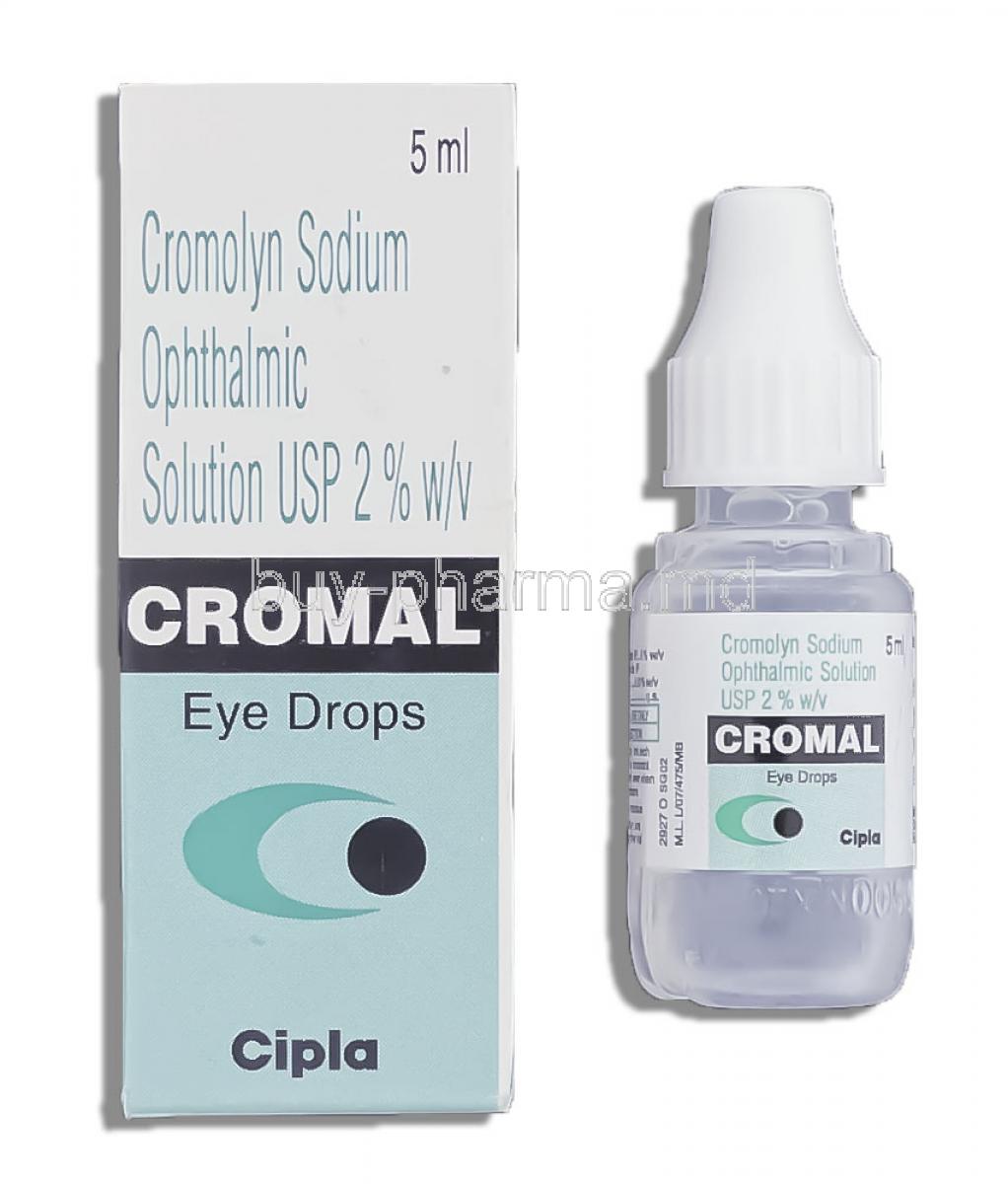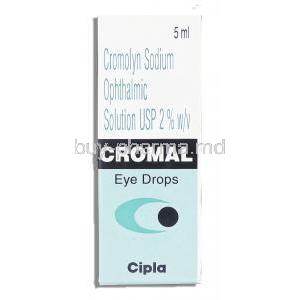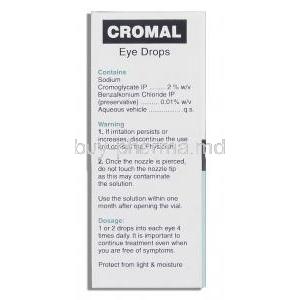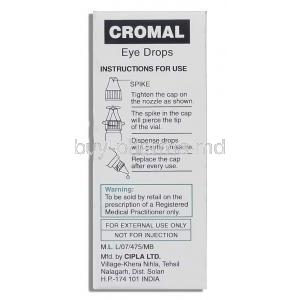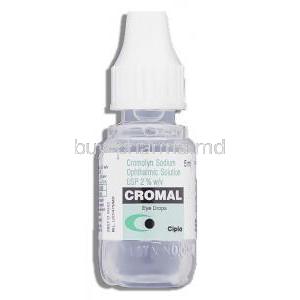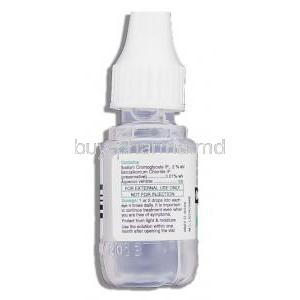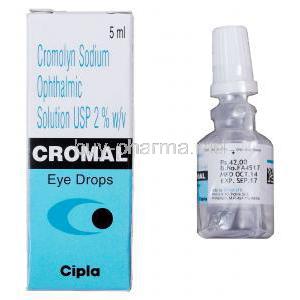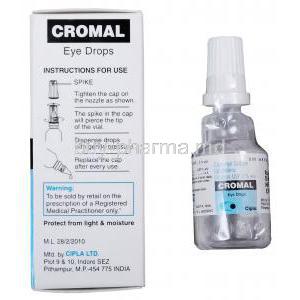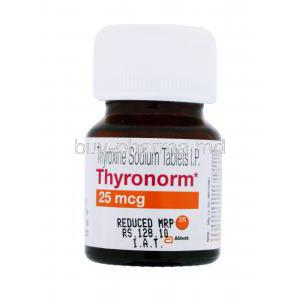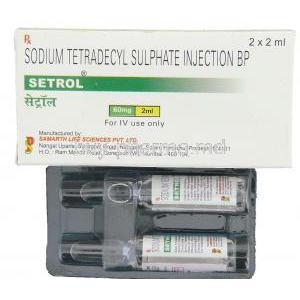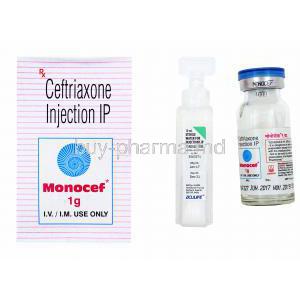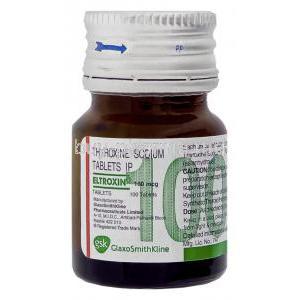Cromal Eye Drops, Sodium Cromoglycate/Benzalkonium
Introduction
Overview of Cromal Eye Drops as an anti-allergic ophthalmic solution
Cromal Eye Drops are an anti-allergic ophthalmic formulation engineered to quell hypersensitivity of the ocular surface. Designed for patients experiencing recurrent pruritus, tearing, and hyperemia associated with airborne allergens and environmental irritants.
- Non-steroidal; non-vasoconstrictive
- Suitable for seasonal and perennial symptom control
- Intended for regular, preventive use during allergen exposure
Role of sodium cromoglycate as the primary active ingredient
Sodium cromoglycate (cromolyn sodium) functions as a mast-cell stabilizer. It attenuates ocular allergic cascades at the initiation point rather than masking late manifestations.
- Prevents mast-cell degranulation
- Mitigates release of histamine, leukotrienes, and other mediators
- Favors long-term controller therapy in allergic eye disease

Purpose of benzalkonium chloride as a preservative
Benzalkonium chloride (BAK) preserves sterility within multi-dose containers. It provides broad antimicrobial protection, yet may interact with the tear film and corneal epithelium in sensitive users.
- Ensures microbial control after opening
- Potential to exacerbate dryness with frequent or prolonged use
- Contact lens compatibility requires caution
Common conditions treated with Cromal Eye Drops
Typical indications include:
- Allergic conjunctivitis of seasonal or perennial patterns
- Vernal and atopic keratoconjunctivitis (adjunctive support)
- Allergen-provoked ocular pruritus, tearing, and redness
Composition
Sodium cromoglycate: concentration and therapeutic function
Formulations commonly contain sodium cromoglycate 2% w/v for ophthalmic use. This concentration optimizes mast-cell stabilization while maintaining excellent tolerability.
- Controller effect improves with consistent dosing
- Minimal systemic absorption from topical administration
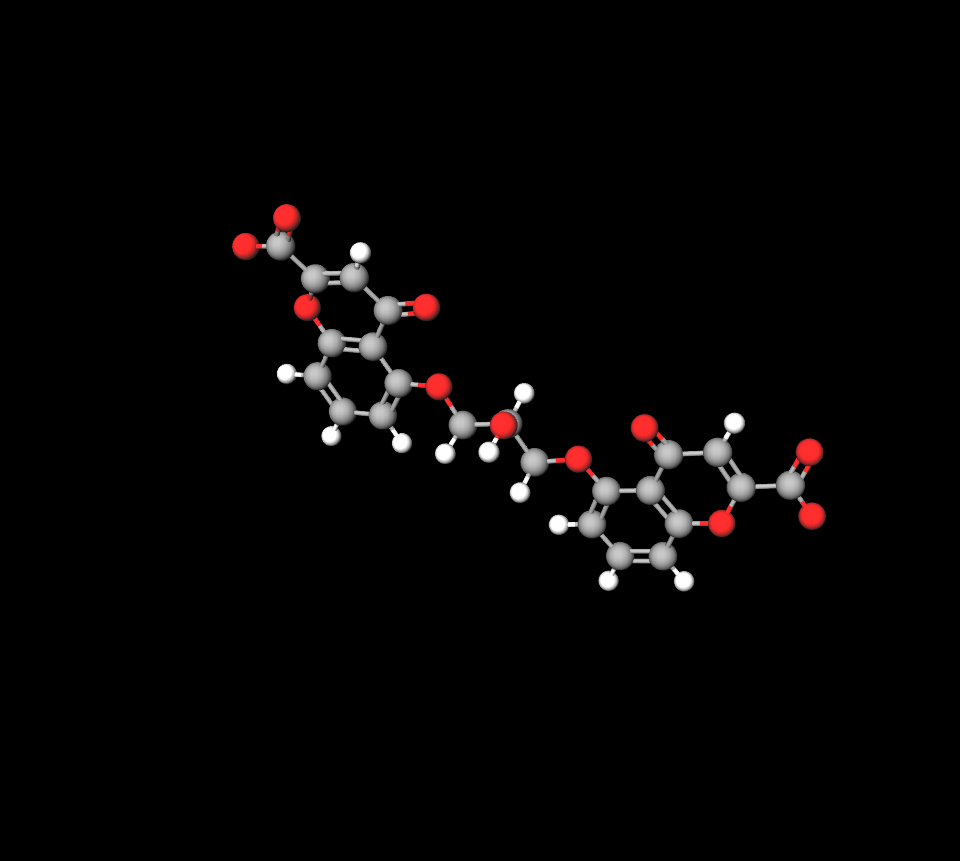
Benzalkonium chloride: preservative role and potential ocular effects
BAK is included at low microbicidal concentrations to deter contamination.
- Effective against a range of bacteria and fungi
- May destabilize lipid layer of the tear film with frequent exposure
- Advise lens removal prior to instillation (see Administration)
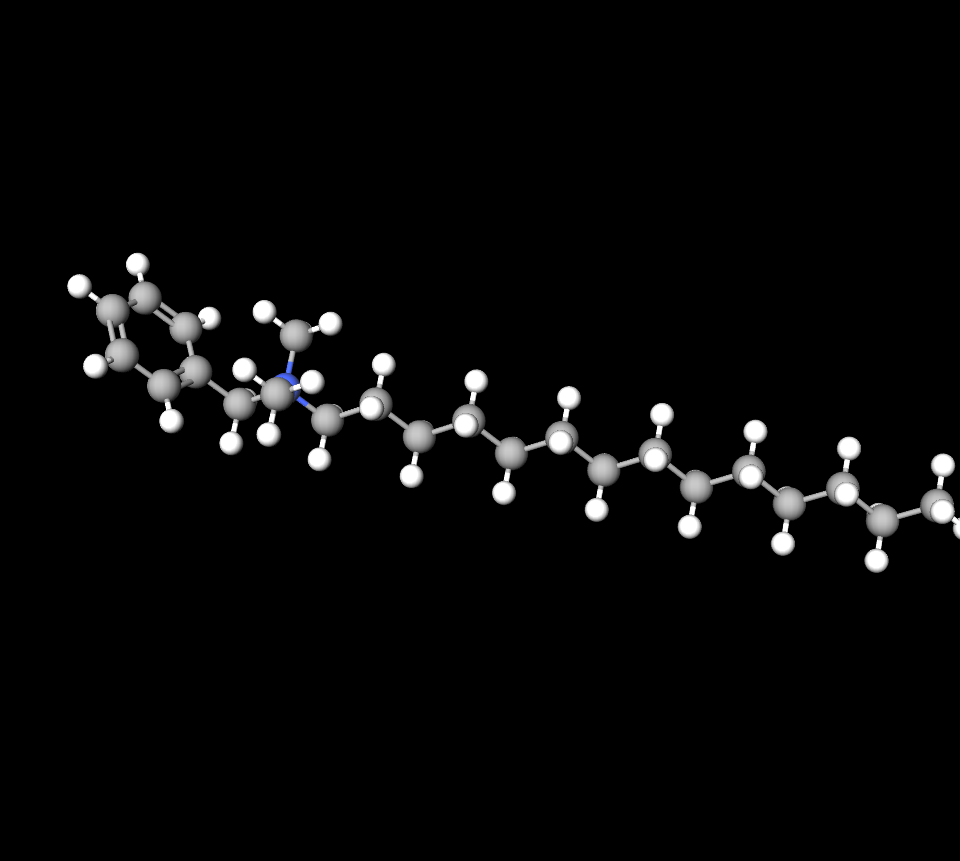
Other inactive ingredients supporting stability and usability
Excipients typically include buffering agents, isotonicity adjusters, and purified water. Their roles are straightforward yet essential.
- Buffers maintain physiologic pH for comfort
- Tonicity agents reduce stinging on instillation
- Packaging: low-squeeze, tamper-evident dropper bottles
How Cromal Eye Drops Work
Mechanism of sodium cromoglycate in stabilizing mast cells
Mast-cell membranes are stabilized, reducing calcium influx and inhibiting degranulation. The upstream blockade restrains both early-phase and late-phase allergic responses.
Prevention of histamine and mediator release during allergic response
By suppressing mediator liberation histamine, prostaglandins, leukotrienes. Cromal diminishes vasodilation, chemosis, and nerve activation that drive itch and redness.
- Less itch and tearing
- Reduced conjunctival edema
- Lower reflex hyperemia
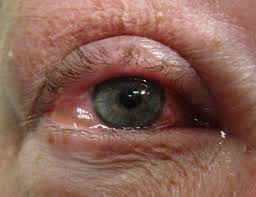
Onset of action and duration of relief in ocular conditions
Relief is not instantaneous; benefits accrue with scheduled use. Many patients perceive improvement within several days, with maximal effect after 1-2 weeks of continuous therapy.
- Best used pre-exposure and throughout allergen season
- Consistent dosing yields cumulative control
Cromal Eye drops Uses
Cromal Eye drops Uses
Primary Uses
Primary Uses
Allergic conjunctivitis
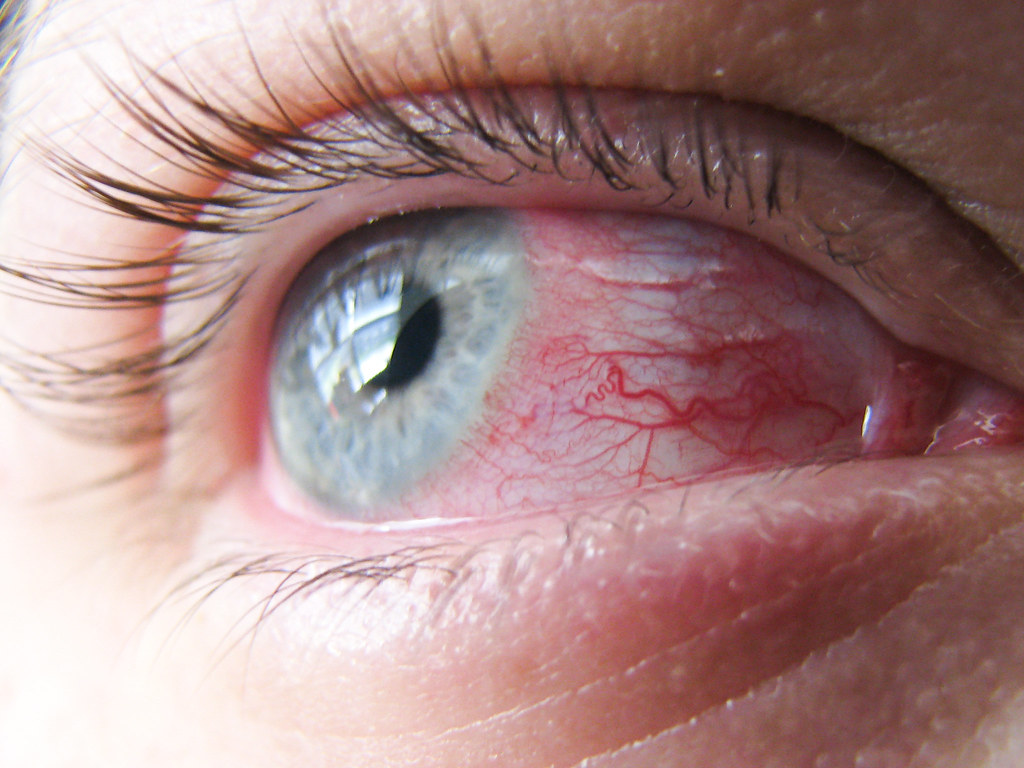
Seasonal allergic conjunctivitis (hay fever eyes)
Initiate prior to pollen surges; continue throughout the season to blunt symptom peaks.
Perennial allergic conjunctivitis
Useful for indoor allergen exposure (dust mites, dander). Safe for long-term maintenance.
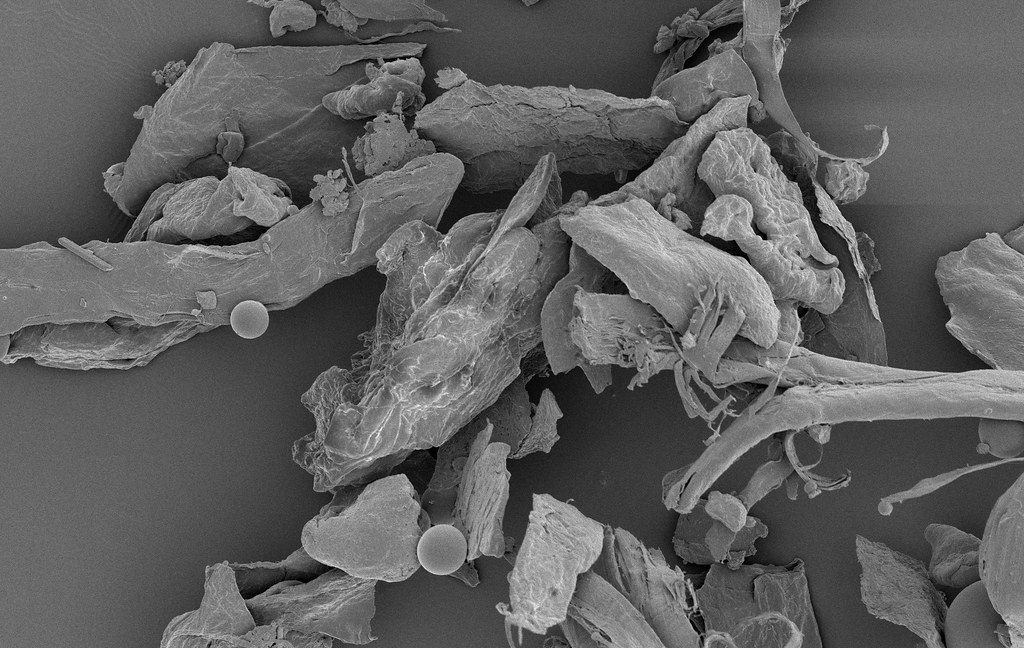
Vernal keratoconjunctivitis
- Adjunctive controller in steroid-sparing regimens.
- Helps reduce exacerbation frequency.
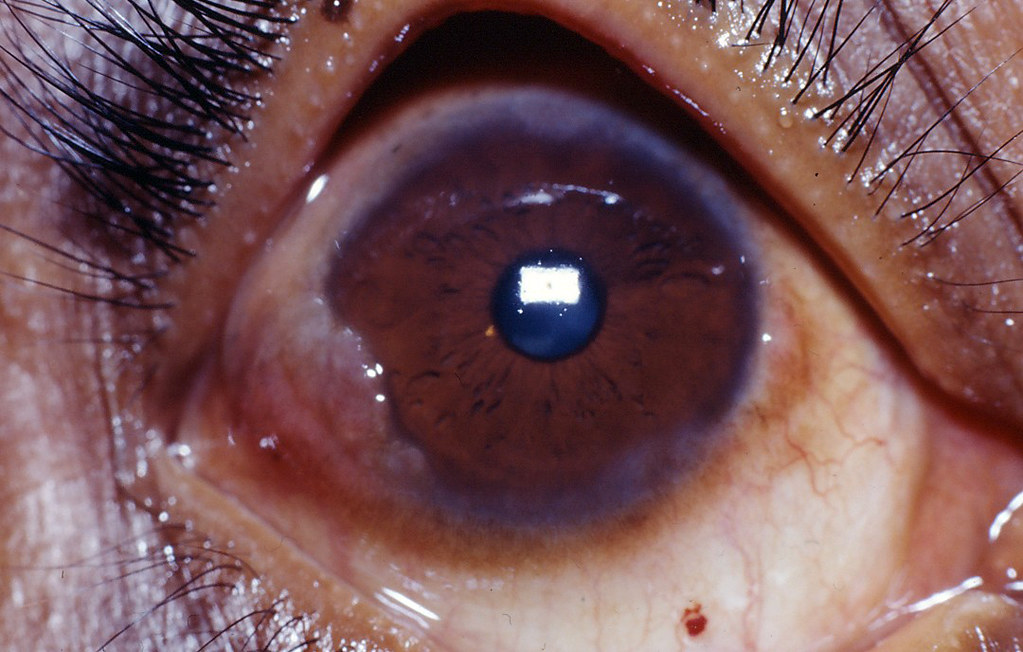
Atopic keratoconjunctivitis
Supportive therapy to mitigate chronic allergic inflammation alongside specialist-directed care.
Off-label Uses
May diminish lens-associated papillary responses when paired with lens hygiene optimization.
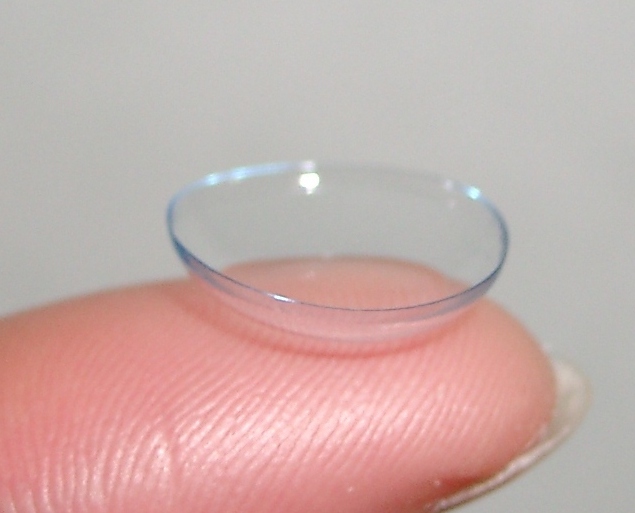
Stabilization of mast-cell activity can moderate pruritus and redness in select cases.
Preventive management before seasonal triggers
Pre-season initiation establishes mast-cell stability, reducing the intensity of first exposures.

Adjunctive therapy in dry eye with allergic components
When allergy coexists with evaporative or aqueous-deficient dry eye, cromoglycate may attenuate allergic drivers of surface irritation.
Dosage and Administration
Recommended dosage for adults and children
Typical regimen: 1-2 drops in the affected eye(s) four times daily, or as directed by an eye-care professional. Pediatric dosing generally mirrors adult schedules when indicated.
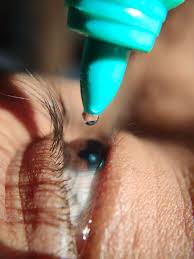
Frequency of instillation and typical duration of treatment
Administer at evenly spaced intervals. Continue throughout allergen exposure; reassess if symptoms persist beyond expected periods.
Step-by-step administration technique
- Wash hands thoroughly.
- Shake gently if labeled to do so.
- Tilt head back; pull down the lower lid to create a conjunctival pocket.
- Instill a single drop without touching the tip to any surface.
- Close eye gently; perform nasolacrimal occlusion for 1-2 minutes to limit systemic absorption.
Use with or without contact lenses
Remove soft contact lenses prior to dosing; wait at least 15 minutes before reinsertion due to BAK interaction with lens materials. Consider preservative-free periods on heavy dosing days.
Adjustments for long-term use or chronic conditions
For chronic disease, evaluate surface health and tear dynamics at intervals. Step down frequency when allergen load diminishes; escalate temporally during spikes.
Side Effects
Common Side Effects
Mild eye irritation or stinging sensation
Transient tingling on instillation that resolves quickly.
Transient blurred vision
Momentary blur due to drop viscosity or reflex tearing; avoid immediate driving post-dose.
Watery eyes or redness
Usually self-limited as the ocular surface acclimates.

Unusual taste after administration
Nasolacrimal drainage may cause a brief bitter or metallic taste.
Less Common but Notable Side Effects
Swelling of eyelids
Report persistent edema for evaluation of hypersensitivity.
Persistent eye discomfort
Continuous burning or pain warrants reassessment of formulation tolerance.
Dryness of ocular surface due to benzalkonium

Rare allergic reactions to preservatives
Hyperemia, pruritus, or dermatitis around the lids suggests preservative sensitivity.
Warnings and Important Precautions
Need for regular ophthalmic monitoring with prolonged use
Chronic users benefit from periodic ocular surface examinations, tear-film assessment, and review of concomitant therapies.

Avoiding contamination of dropper tip
Do not touch the tip to the eye, skin, or any surface. Recap securely after each use to preserve sterility.
Precaution with contact lens wearers (benzalkonium chloride interaction)
BAK can bind to soft lenses and irritate the cornea. Remove lenses prior to instillation and delay reinsertion; consider daily disposables during high-frequency use.
Risk of rebound irritation with improper use
Inconsistent dosing or over-frequent instillation may aggravate symptoms. Adhere to prescribed schedules and avoid self-escalation without professional guidance.
Contraindications
Hypersensitivity to sodium cromoglycate or benzalkonium chloride
Individuals with a documented hypersensitivity to either sodium cromoglycate or benzalkonium chloride should avoid the use of this formulation. Even small exposures may provoke immediate ocular irritation, swelling, or dermatological manifestations around the eyelids.
Known intolerance to preservatives in ophthalmic solutions
Some patients experience chronic intolerance to ophthalmic preservatives, particularly benzalkonium chloride. This intolerance can manifest as persistent dryness, conjunctival inflammation, or corneal epithelial damage with prolonged exposure.
History of allergic reaction to cromoglycate formulations
A history of allergic responses to cromoglycate-containing eye drops warrants complete avoidance. Manifestations may include intense redness, periorbital swelling, and pruritus that do not resolve with standard symptomatic care.
Careful Administration in Special Populations
Elderly Patients
Age-related alterations in tear film stability and ocular surface physiology demand cautious administration.
- Monitor closely for preservative-induced ocular surface dryness.
- Evaluate periodically for corneal epithelial fragility.
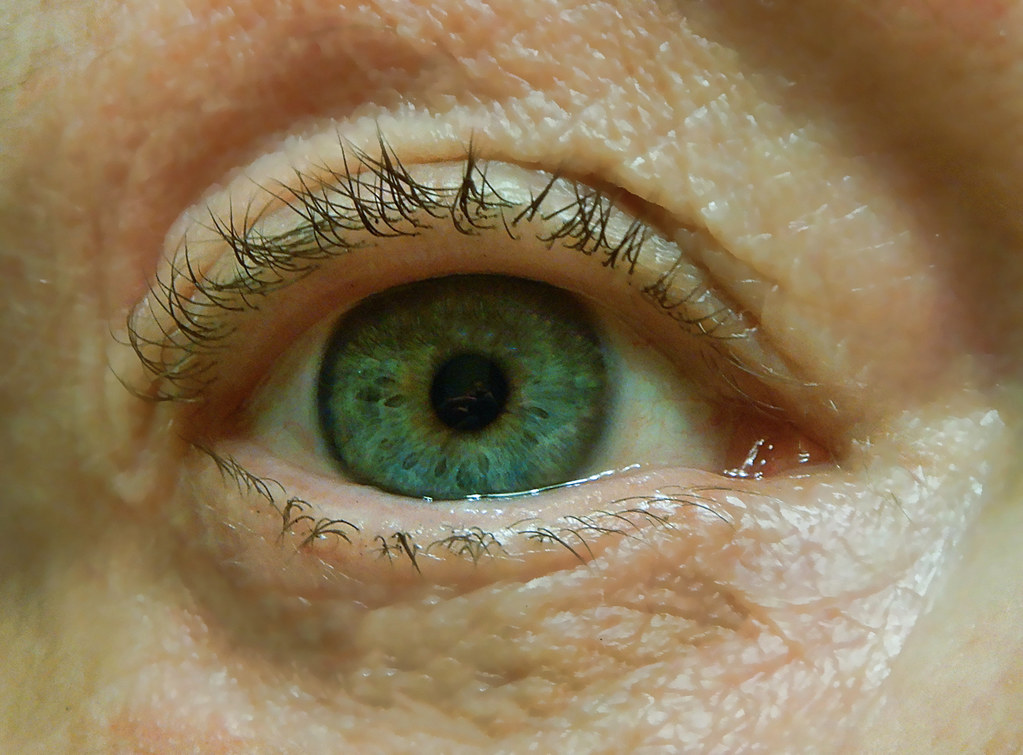
Pregnant Women and Nursing Mothers
Sodium cromoglycate demonstrates minimal systemic absorption, suggesting a favorable safety profile during pregnancy and lactation. However, prudent medical supervision remains essential.
- Use only under physician-guided risk-benefit assessment.
- Breastfeeding mothers should be counseled regarding negligible transfer into breast milk.
Children
The safety and efficacy of sodium cromoglycate are established in pediatric allergic conjunctivitis, but specific precautions are required.
- Dosage typically mirrors adult recommendations, though compliance challenges may arise.
- Careful monitoring for ocular irritation in younger children is necessary.
Drug Interactions
Drug interactions with ophthalmic preparations are generally minor but clinically relevant if not managed appropriately.
- When multiple eye drops are prescribed, instill each medication at least 5-10 minutes apart to avoid dilution or washout.
- Concurrent use with topical antihistamine drops may reduce perceived efficacy due to overlapping mechanisms or altered absorption.
- Contact lens cleaning and disinfecting solutions containing preservatives may amplify surface irritation when combined with benzalkonium chloride exposure.
Overdosage
Symptoms of accidental excessive instillation
Excessive use may result in transient ocular burning, watering, or blurred vision. Severe complications are exceedingly rare due to minimal systemic absorption.
Management of local irritation or discomfort
Flushing the eye gently with sterile saline or clean water is often sufficient. Persistent discomfort requires ophthalmic evaluation.
Guidance in case of oral ingestion by children
If the solution is accidentally ingested, gastrointestinal irritation such as nausea or abdominal discomfort may occur. Seek prompt medical advice for supportive management.
Storage and Handling Precautions
Optimal storage conditions (temperature, light protection)
Store at controlled room temperature, away from direct sunlight and excessive humidity. Do not freeze the solution.
Shelf life and expiry after opening
Eye drops should be discarded within four weeks of opening to avoid contamination, regardless of the printed expiry date.
Safe handling to avoid microbial contamination
Keep the dropper tip sterile by avoiding contact with the eye, fingers, or external surfaces. Always close the cap tightly after each use.
Proper disposal of unused solution
Dispose of unused or expired eye drops according to local pharmaceutical waste guidelines. Avoid discarding in household waste or wastewater to minimize environmental impact.
Conclusion
Cromal Eye Drops, combining sodium cromoglycate with benzalkonium chloride, play a pivotal role in the long-term management of allergic eye disorders. Their efficacy depends on adherence to prescribed schedules, awareness of contraindications, and proper administration techniques. Safe usage supported by professional monitoring and patient education ensures sustained symptom control and protects ocular health. For persistent or severe manifestations, consultation with an ophthalmologist is essential to guide ongoing therapy and adjust treatment strategies.
Cromal Eye Drops, Sodium Cromoglycate/Benzalkonium FAQ
- What is the use of cromal eye drops?
- What is sodium cromoglycate eye drops used for?
- What is the role of benzalkonium chloride in eye drops?
- How many times a day can you use sodium cromoglicate eye drops?
- Is benzalkonium safe for eyes?
- What are the side effects of sodium cromoglycate eye drops?
- What age can you use sodium cromoglycate eye drops?
- How long does it take for sodium cromoglicate eye drops to work?
- Is benzalkonium a steroid?
- Is sodium cromoglicate good for eyes?
- What are the benefits of sodium cromoglycate?
- Is benzalkonium an anti-fungal?
- Can you be allergic to benzalkonium?
- How do benzalkonium chloride eye drops work?
What is the use of cromal eye drops?
Cromal Eye Drop is a medication designed to address allergic eye conditions. It effectively alleviates allergy symptoms like inflammation (redness and swelling), itchiness, and watery eyes.
What is sodium cromoglycate eye drops used for?
To address allergic conjunctivitis, a condition caused by hay fever, dust mites, and various other allergens.
What is the role of benzalkonium chloride in eye drops?
Benzalkonium chloride is the most widely utilized preservative in eye drops.
How many times a day can you use sodium cromoglicate eye drops?
4
Is benzalkonium safe for eyes?
Benzalkonium chloride has been noted to induce eye irritation, resulting in dry eye symptoms and potentially impacting the tear film and corneal surface.
What are the side effects of sodium cromoglycate eye drops?
- Dry eyes
- Allergic reactions
- Dizziness
What age can you use sodium cromoglycate eye drops?
6 years and up
How long does it take for sodium cromoglicate eye drops to work?
2 weeks
Is benzalkonium a steroid?
No
Is sodium cromoglicate good for eyes?
Sodium Cromoglicate Eye Drops are designed to relieve red, watery, and itchy eyes resulting from allergies like hay fever, dust mites, and pet dander.
What are the benefits of sodium cromoglycate?
Sodium cromoglicate eye drops function by preventing the release of natural substances (such as histamine) in your body that trigger allergic reactions.
Is benzalkonium an anti-fungal?
Benzalkonium chloride is a chlorine-derived chemical compound known for its effective antimicrobial properties against bacteria, viruses, and fungi
Can you be allergic to benzalkonium?
Yes
How do benzalkonium chloride eye drops work?
It works by breaking down bacterial cell membranes and is present in over half of all topical ophthalmic medications

